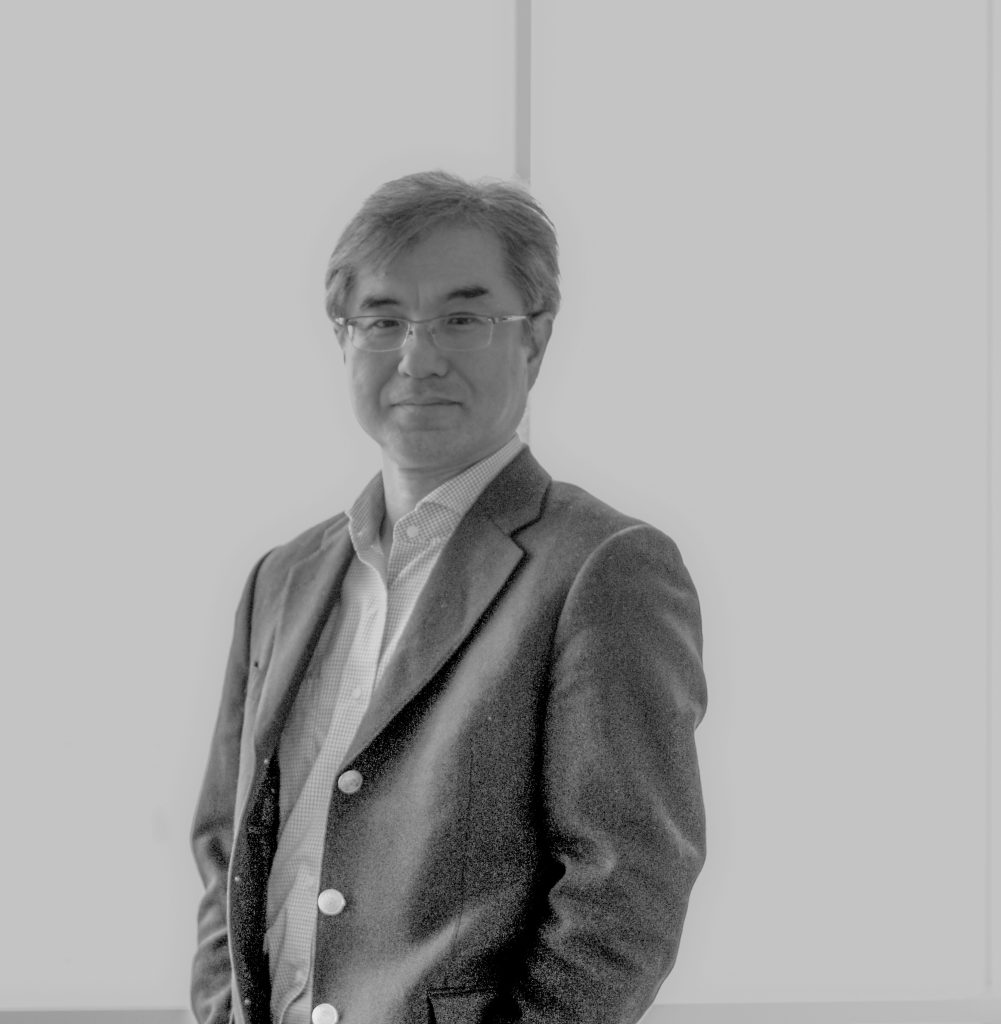Hiroaki Yoshino
Tokyo Polytechnic University originated from the Konishi College of Photography, Japan’s first institution of higher learning specializing in photography, which was founded in 1923. Its original purpose was to train technicians and researchers in the field of photography, which was a cutting-edge medium at that time, and it excelled at pioneering the fusion of photographic technology with artistic expression. Today, we have become a comprehensive university with two unique faculties — the Faculty of Engineering and the Faculty of Art — that together carry forward the spirit of uniting engineering and art that we have held since our inception.
The International Research Center for Color Science and Art was established in 2016 when it was adopted by the Private University Research Branding Project. With roots in academic fields such as photography, printing, and optics, upon which our university was founded, this center is the currently only international research center for color based at a Japanese university where “color” constitutes a university-wide research theme common to the two faculties of engineering and art.
The col.lab Gallery is a public facility where people can enjoy learning about color, and which takes a unique approach to the integrated promotion of engineering and art by presenting the results of color-related research in the latest forms of artistic media such as photographs, videos, augmented reality, projection mapping, and computer graphics.
Through our activities at the International Research Center for Color Science and Art, we are helping to guide the development of these disciplines. This is where the future is taking shape.
Takayuki Uchida
The International Research Center for Color in Science and Art was established in 2016, following its selection for the Private University Research Branding Program. The Center continues to serve as an international research center for “color,” with its roots in photography, printing, and optics. It possesses the unique distinction of addressing “color,” a topic now jointly explored by the College of Engineering and the College of Fine Arts.
“Color” is mysterious. While we think we understand it, it has many unknown facets. This includes (1) the first stage of perception connecting the intensity of the stimulus of the photoreceptor cells and their response in vision, which is limited to color (light) stimuli. However, even at this stage alone, the in-vivo information signals for color are determined by the synergy of three factors: the color of the light source, the color of the object, and the sensitivity of the eye.
Next, (2) in the later stages of this process of “vision,” we see (sense) colors through the process of color perception efficacy, of which there are various examples such as color contrast phenomena, color assimilation phenomena, and color adaptation effects, which are positioned as signal processing in the brain, and examples of how colors appear between two or more colors spatially and temporally adjacent to each other. For this reason, “color” remains an interesting field of research and application.
Although the process of seeing “color” seems self-evident or straightforward, much remains unknown about the underlying mechanisms. In order to unravel the mysteries of color and to link the results of such research to new forms of expression, interdisciplinary activities that are not limited to conventional specialties are increasingly needed.
To begin with, engineering and art are not separate domains, but have developed in synergy with each other, as seen in photography, movies, CG, and interactive art. In other words, they can be considered to have developed in response to the latest technology of the time. Especially in the cross-disciplinary and interdisciplinary theme of “color,” the development of new technologies and new expressions have been spurred by joint research between the Faculty of Engineering and the Faculty of Art, which is a distinctive feature of this university.
Based on this perspective, our research center has already been operating the col.lab gallery at the Atsugi Campus for less than 10 years. At this gallery, we aim to establish a cycle in which both children and adults can experience the scientific and artistic interest and depth of “color,” and to link our visitors’ reactions with new research.
The director of the Center sees it as his role to provide an environment conducive to fruitful results of such groundbreaking research and production. He will continue to make every effort to solidify the Tokyo Polytechnic University brand through research on and production of “color” that makes the most of the university’s unique characteristics.

While focusing on color, we have formed the “International Research Center for Color Science and Art” to educate and research a wide range of interdisciplinary fields from color-related technology to art. At this Center, which is the core of the project, we set up a laboratory to study color and human psychology and emotion, technology that enables true and high-precision color reproduction, and digital archive storage technology for cultural assets and art works under various light sources. We have also constructed a new experience-based learning system that conveys the fundamentals of the science of color and the latest research results in an easy-to-understand and fun way using media arts such as photos, images, augmented reality, projection mapping, computer graphics, manga, and games. Then, we set up a gallery that makes the results public including children and junior-high-school and high-school students. Such an education and research center does not exist in other universities in Japan, and it is the only center in Japan that takes advantage of the characteristic of our university of having a Faculty of Engineering and a Faculty of Arts.

